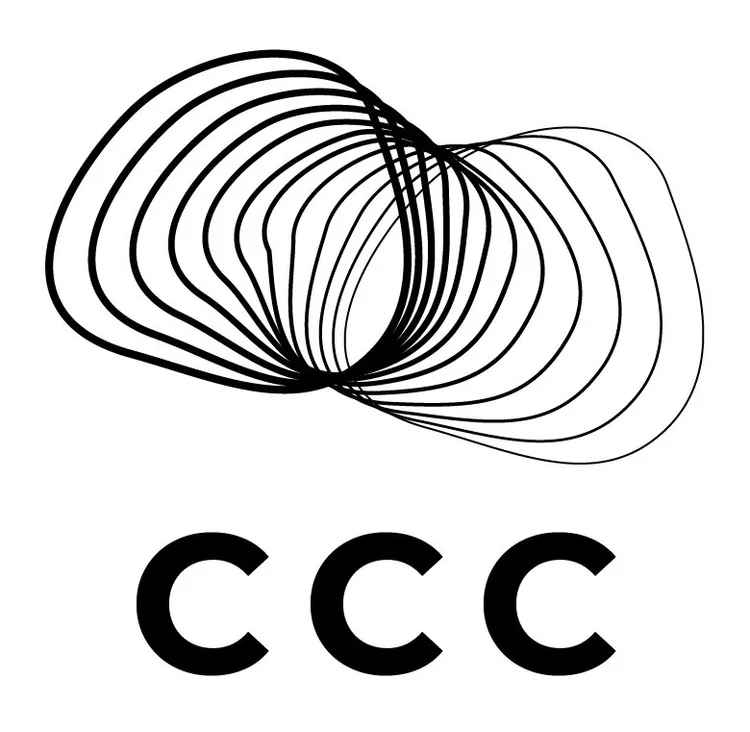The Ryerson Aboriginal Education Council and Ryerson School of Fashion assembled a lively crew of speakers for a panel on cultural appropriation in fashion and design last Wednesday evening.
Hayden King, director for the Ryerson Centre for Indigenous Governance, moderated the candid discussion between panellists Adam Jones Garnet, a Cree/Metis writer and filmmaker; Sage Paul, an artist and designer from the Caribou clan; Wanda Nanibush, an Anishnaabe curator, image and word warrior; and artist Kent Monkman.
The conversation flowed from jabs at Justin Trudeau’s headdress and critiques of the recently announced federal budget to suggestions about how to respond to claims that cultural appropriation is “flattering” – with a brief interlude by Nanibush about women who pee standing up – but cycled repeatedly back to the economics of cultural appropriation.
“Things are being taken for profit,” Garnet commented, referring to Urban Outfitters’ history of lifting work from indigenous creators, “The people that design came from are living in poverty.”
Nanibush agreed, adding that, “Indigenous designers should benefit from their own work.”
These statements may seem self-evident, but clearly the anti-appropriation message is still not getting through to some industry professionals. International fashion house Dsquared2 was heavily criticised by the panellists for their 2015-16 “Dsquaw” line-up, inspired by what the brand referred to as, “Canadian Indian tribes.”
Monkman spoke about the emotional labour involved with constantly being required to educate non-indigenous people about the violence inherent in appropriation. “We have to create the art and also bridge the gap of understanding,” he said, “I’m getting tired of educating people. It’s wearing me down.”
Despite this weariness, Monkman and the other panellists were engaging and articulate while voicing their frustrations with the fashion industry to a mostly non-indigenous crowd of students, staff, and community members.
Billed as an attempt to “unsettle the settler,” a term coined by reconciliation scholar Paulette Regan, members of the audience were hungry to learn how they could participate in de-colonising their design work while building partnerships with indigenous artists.
One question from the audience was asked by a Ryerson professor looking for guidance about how to respond to the students who come to him asking how they can use fashion as a tool for social change. Nanibush responded to this by explaining, “If the project is going to further entrench colonialism, then they should let it go. But if it destabilizes comfort, then they’re onto something really hot.”
Another suggestion from the speakers was to collaborate with indigenous artists, but Monkman noted that that, too, comes with ethical responsibilities for the non-indigenous party: “Collaboration is great, but it has to be reciprocal. Benefits have to be returned to the source.”
Garnet pushed the spirit of reciprocity in collaboration a little further, and requested that non-indigenous people learn to “step aside and allow indigenous leadership to happen.”
Nanibush echoed this, arguing that the colonial mentality of taking what is trendy or cool from indigenous culture but ignoring the intergenerational trauma and continuing effects of racism and colonialism needs to disappear. “People should come out and support our fights and share privilege – open doors and let indigenous people lead,” she said.
And the final lesson from the night? Buy your moccasins from Northern indigenous grandmas – they’ll last longer, look better, and your money will be going to the people who deserve it.


